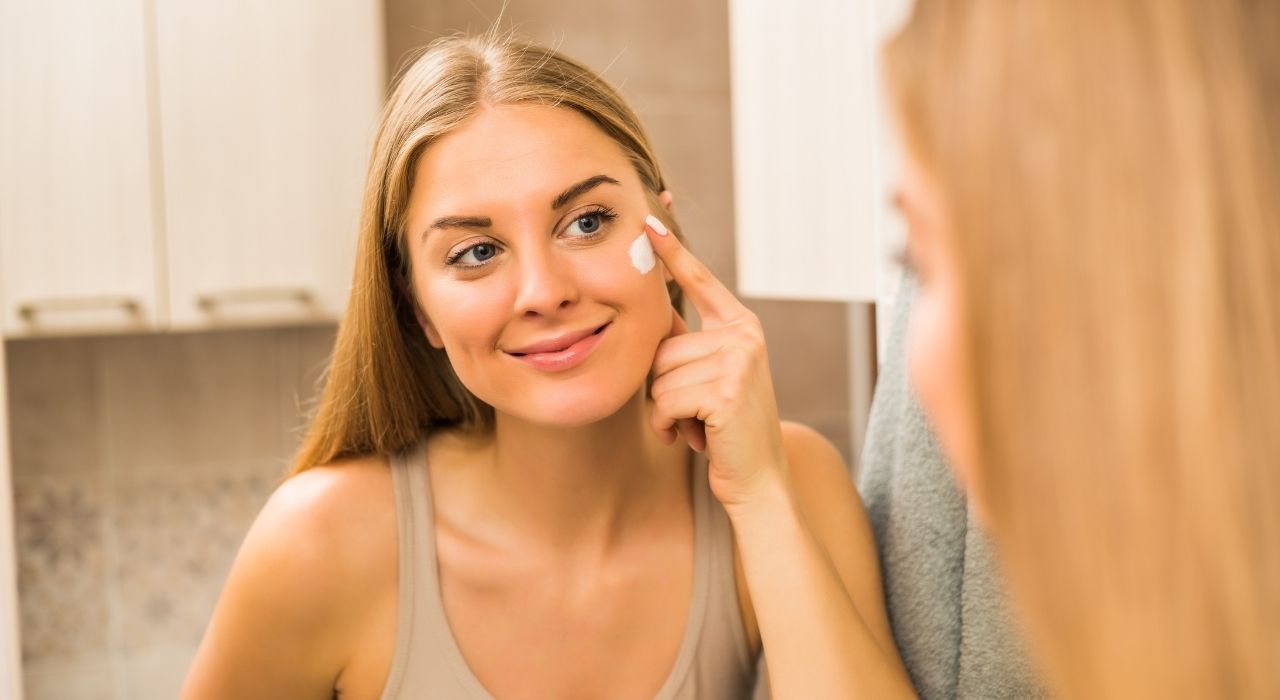There are four types of skin. Among them, oily facial skin causes the greatest number of problems, as it has a number of negative features. Most often patients are dissatisfied with its characteristic features, such as greasy sheen, the presence of enlarged pores, comedones. In addition, this type is most typical for the development of various inflammatory elements. What to do in cases where oily skin is troublesome is best known by cosmetologists. It is in their competence to clarify the situation and competently implement care for oily facial skin. In this article, we will talk about The Use of Botulinums To Treat Oily Skin.
Causes of Oily Skin
Increased sebum activity leads to the appearance of excessive greasy skin. Predisposing factors for this are such prerequisites:
- Heredity and individual characteristics;
- Endocrine disorders;
- Disregard for the diet;
- Gastrointestinal tract disorders;
- Inadequate skin care, poor-quality cleansing procedures.
Skin type is not a constant value, and in the course of life it can change. Oily skin is more common in young people under the age of 25. Later in most cases, it transforms into a combined type. However, in cases where the main causes of oily facial skin are genetic preconditions, its clinical signs may persist throughout life.
Hormonal imbalance is the factor that most influences the increase in oily skin. This process can develop both during puberty and with endocrine pathology. In women, the causes of oily facial skin in adulthood may be polycystic ovaries, insufficient thyroid function, pregnancy, menopause, uncontrolled use of oral contraceptives.
Using Botox
Botox has been used with good results to block the impulse transfer from the nerve to the sweat gland in the treatment of excessive sweating, so when injected intradermally, Botox blocks the impulse transfer from the nerve to the sebaceous and sweat glands, as well as dilated blood vessels. As a result, sebum production is reduced, the oiliness of the skin is regulated, and acne and vascular changes are thus eliminated.
Botox is injected into the rash area: the T-zone or the V-zone of the face, depending on where the pathological process is located. This is a special technique of high-dilution Botox, in which there is no effect on the muscles and facial expressions, but only a superficial effect of the skin structure – sebaceous glands and vessels.
Concerns about frequent injections of Botox and its analogues, with the risk of further insensitivity to it, have long been a thing of the past. It is now generally accepted that Botox can be injected as often as necessary without any consequences (clinical studies have been conducted on this issue).
